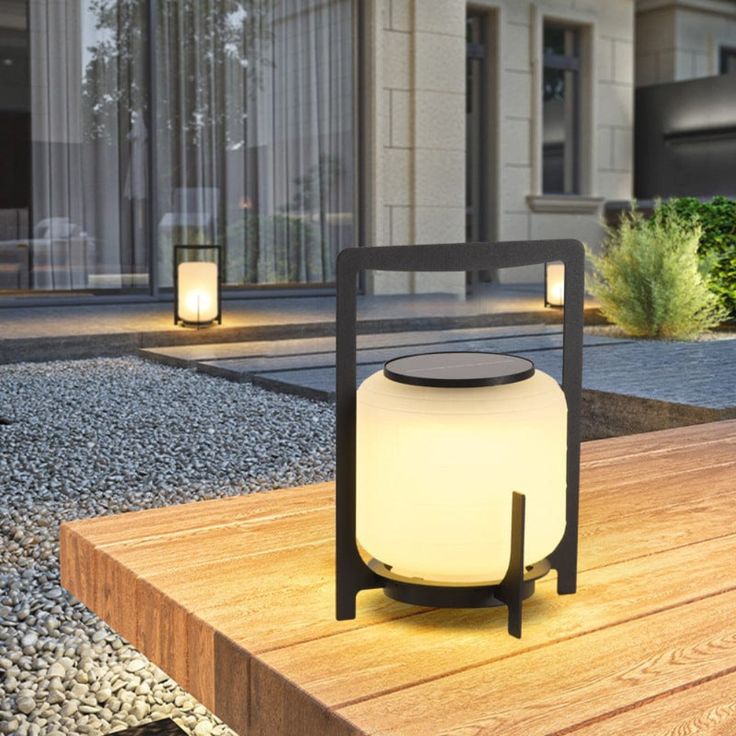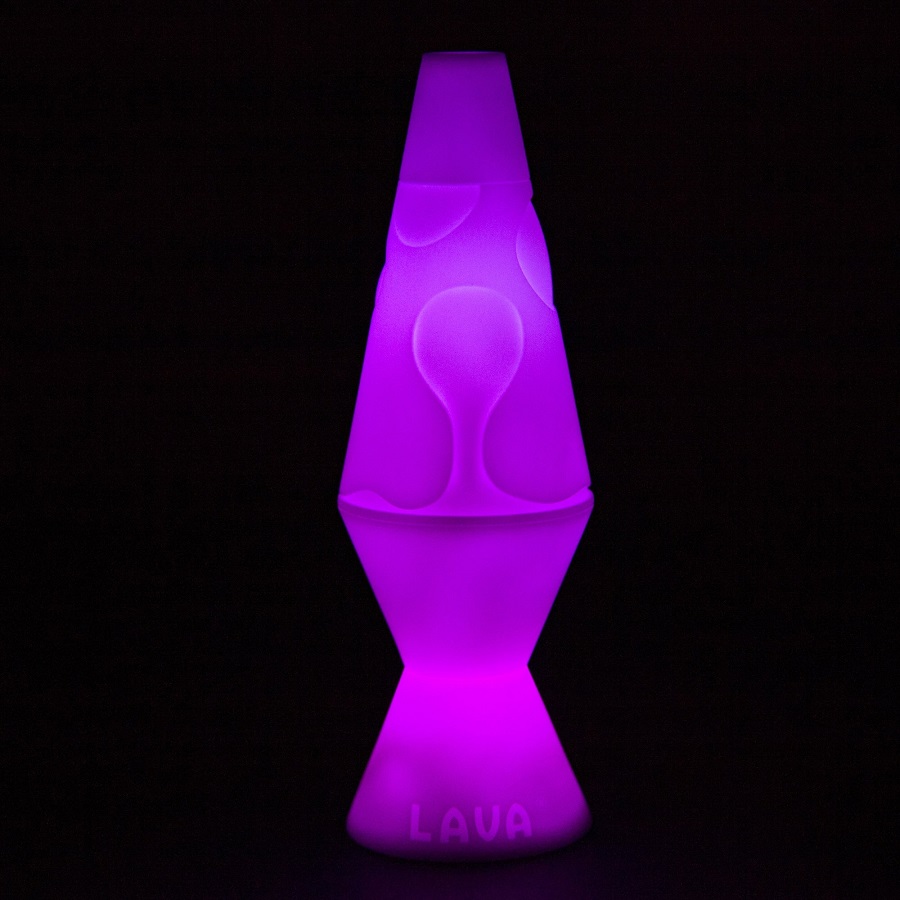Introduction:
Chandeliers are elegant and eye-catching light fixtures that add beauty and grandeur to any space. Whether you’re looking to update the lighting in your dining room, living room, or foyer, installing a chandelier can dramatically transform the ambiance and style of the room. In this comprehensive guide, we will walk you through the step-by-step process of installing a chandelier. From preparing the space to connecting the electrical wiring, these simple steps will help you successfully install a chandelier and enhance the aesthetics of your home.
Here are some common types of chandeliers:
Chandeliers come in various types and designs, each offering unique aesthetics and functionality. Here are some common types of chandeliers:
Traditional Chandeliers:
Traditional chandeliers feature classic designs and styles, often with intricate metalwork, crystal embellishments, and candle or candelabra-style lights. They are known for their elegance and timeless appeal, often found in formal settings or traditional interior designs.
Crystal Chandeliers:
Crystal chandeliers are highly regarded for their dazzling display of light. They feature numerous crystal prisms or glass elements that refract and reflect light, creating a sparkling effect. Crystal chandeliers can range from traditional designs to more modern or contemporary styles.
Modern/Contemporary Chandeliers:
Modern or contemporary chandeliers have sleek and minimalistic designs, often featuring clean lines, geometric shapes, and unconventional materials. They can incorporate elements such as metal, glass, fabric, or even unconventional materials like wood or plastic.
Rustic/Farmhouse Chandeliers:
Rustic or farmhouse chandeliers typically have a cozy and inviting charm. They often feature distressed or weathered finishes, natural materials like wood or iron, and incorporate elements like lantern-style lights or candle-inspired bulbs.
Lantern Chandeliers:
Lantern chandeliers have a distinct shape resembling a lantern or a cage suspended from a central point. They can incorporate various materials such as metal, glass, or even fabric, and provide a unique and eye-catching focal point in the room.
Drum/Rectangular Chandeliers:
Drum or rectangular chandeliers feature a cylindrical or rectangular drum-shaped shade surrounding the light source. They offer a contemporary and stylish look and are often used in dining rooms, kitchens, or areas with lower ceilings.
Mini Chandeliers:
Mini chandeliers are smaller in size compared to standard chandeliers. They are versatile and can be used in various spaces, including bedrooms, bathrooms, or hallways. Mini chandeliers often feature similar designs and styles to their larger counterparts.
Crystal Flush Mount Chandeliers:
Crystal flush mount chandeliers are perfect for spaces with lower ceilings. They provide a similar luxurious and sparkling effect as traditional crystal chandeliers but are designed to be close to the ceiling, making them more space-friendly.
These are just a few examples of the types of chandeliers available in the market. The choice of the chandelier depends on personal style, the desired ambiance of the room, the size and height of the space, and the overall interior design theme.
Preparing for Installation
Select the Right Chandelier:
Choose a chandelier that fits the size and style of your room.
Consider the height and weight of the chandelier to ensure it is suitable for your space.
Turn Off the Power:
Locate the electrical panel in your home and switch off the power to the room where you’ll be installing the chandelier.
Use a non-contact voltage tester to confirm that the power is indeed turned off.
Assemble the Chandelier:
Carefully unpack and assemble the chandelier according to the manufacturer’s instructions.
Organize the components and ensure all parts are included.
Attaching the Mounting Bracket
Determine the Hanging Height:
Decide on the desired height at which you want the chandelier to hang.
Consider factors such as ceiling height, clearance for movement, and the chandelier’s proportions.
Secure the Mounting Bracket:
Attach the mounting bracket provided with the chandelier to the electrical box in the ceiling.
Use screws to secure the bracket in place, ensuring that it is level and firmly attached.
Wiring and Installing the Chandelier
Examine the Wiring:
Carefully inspect the electrical wires in the ceiling to ensure they are in good condition.
If there are any concerns, it may be best to consult a licensed electrician.
Connect the Wiring:
Connect the wires from the chandelier to the corresponding wires in the electrical box.
Use wire nuts to securely join the black (hot) wires, white (neutral) wires, and green or bare copper (ground) wires.
Install the Chandelier:
Gently lift the chandelier onto the mounting bracket.
Secure the chandelier to the bracket using the provided screws or other hardware.
Adjusting and Finishing Touches
Level the Chandelier:
Use a level to ensure that the chandelier is hanging straight.
Make any necessary adjustments to the height or positioning.
Attach Decorative Elements:
Install any decorative elements such as crystals, shades, or bulb covers according to the chandelier’s instructions.
Take care to follow the manufacturer’s recommendations to achieve the desired look.
Install Light Bulbs:
Insert the appropriate light bulbs into the chandelier sockets.
Be cautious not to exceed the recommended wattage for each socket.
Final Checks and Safety Considerations
Turn on the Power:
Return to the electrical panel and switch on the power to the room where the chandelier was installed.
Test the chandelier by turning on the light switch.
Verify Stability:
Ensure that the chandelier is stable and secure, without any wobbling or swaying.
If needed, make any necessary adjustments to ensure proper stability.
Safety Measures:
Keep in mind that working with electrical connections can be hazardous.
If you are unsure of the installation process or encounter any difficulties, it is advisable to seek the assistance of a professional electrician.
Here are some general tips for cleaning a chandelier:
After installing a chandelier, regular cleaning and maintenance are necessary to keep it in good condition and ensure it remains visually appealing. Here are some general tips for cleaning a chandelier:
Turn Off the Power:
Before beginning any cleaning, make sure to switch off the power supply to the chandelier. This is important to avoid any electrical accidents or damage during the cleaning process.
Prepare Cleaning Solution:
Mix a gentle cleaning solution in a spray bottle using warm water and a mild detergent or glass cleaner. Avoid using abrasive or harsh chemicals that could damage the chandelier’s finish or materials.
Protect the Surrounding Area:
Place a drop cloth or plastic sheet beneath the chandelier to catch any drips or debris during the cleaning process. This will help in keeping the area clean and prevent any damage to furniture or flooring.
Remove and Clean Individual Parts:
If the chandelier allows for it, carefully remove any detachable parts, such as crystal or glass elements, lampshades, or decorative accents. Clean these components separately using the cleaning solution and a soft, lint-free cloth.
Clean the Frame:
Gently spray the cleaning solution onto a soft cloth or sponge, and carefully clean the chandelier’s frame or other non-removable parts. Take care to reach all areas and remove any dust, dirt, or smudges.
Dry and Polish:
After cleaning, use a dry, clean cloth to carefully dry all parts of the chandelier. This helps prevent water spots or streaks. For added shine, you can use a microfiber cloth to gently polish the surfaces.
Reassemble and Reinstall:
Once everything is dry, reassemble the chandelier, ensuring that all parts are correctly in place. Make sure to reattach any glass or crystal components securely.
It’s important to note that cleaning methods may vary depending on the specific design and materials of the chandelier. Always refer to the manufacturer’s instructions or consult a professional if you have any concerns or specific cleaning recommendations for your chandelier. Regular dusting and occasional deep cleaning will help keep your chandelier looking its best and maintain its overall beauty.
Conclusion:
Installing a chandelier can be a rewarding and impactful home improvement project. By following the step-by-step guide outlined in this comprehensive article, you can successfully install a chandelier and enhance the aesthetics of your space. Remember to exercise caution, adhere to safety measures, and seek professional help if needed. With careful preparation, proper installation, and an eye for detail, your newly installed chandelier will illuminate your living space with elegance and sophistication.



